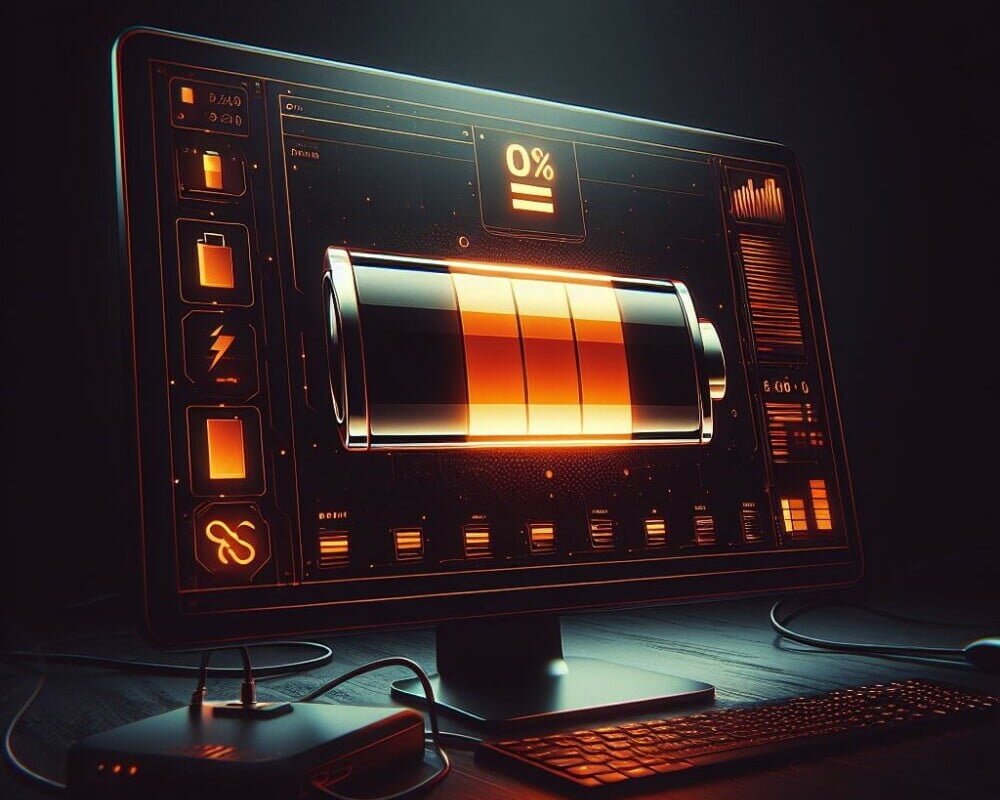Off-grid solar systems have significantly evolved, shaping a new paradigm in energy consumption and sustainability. This shift is particularly important as individuals and households strive to decrease their carbon footprints and enhance energy independence. A thorough comprehension of off-grid solar installations and backup storage is crucial for those embarking on this sustainable journey.
Evolution and Design of Off-Grid Solar Systems
The design of off-grid solar systems has been refined over time to better match the specific energy needs of a household or facility, thereby ensuring that the solar capacity aligns with daily and seasonal consumption patterns. In the past, systems were sized to provide a surplus, accounting for days with lower sunlight or increased consumption, which ensured an uninterrupted power supply.
We invite you to engage with this content further. Do you have any questions about off-grid solar systems that weren’t covered here? Are there experiences or insights you’d like to share with our community?
Transition in Backup Storage Strategy
Traditionally, off-grid solar systems included enough backup storage to last up to seven days. However, with advancements in solar technology and battery storage, the focus has shifted towards 24 hours of backup storage. This optimization reflects improvements in weather forecasting, solar panel efficiency, and overall system reliability.
Managing Batteries in Off-Grid Systems
Charging and Monitoring

Q: Do Batteries Stop Charging When Solar Gets Full?
A: Yes, modern solar systems are equipped with charge controllers that halt the charging process once batteries reach full capacity to prevent overcharging and potential damage.
Q: How Do I Know If My Solar Battery Is Full?
A: To ascertain if your solar battery is full, you can check the following:
- Battery Voltage: Measure the voltage using a voltmeter; a full charge is typically around 14.4V to 14.6V for a 12V lead-acid battery.
- State of Charge (SoC): The charge controller or battery management system display shows the SoC as a percentage; 100% SoC indicates a full battery.
- Battery Management System (BMS): Provides detailed charge status, often through an app or display panel.
- Smart Monitoring Systems: Offers real-time charge status through a smartphone app or website.
Q: Should I Charge My Solar Battery to 100%?
A: Regularly charging a solar battery to 100% is not recommended as it can shorten its lifespan. It is better to maintain the charge between 20% and 80%, although occasionally reaching a full charge can be beneficial for maintenance purposes.
Handling Full Battery Capacity and Overcharging
When batteries reach full capacity, managing excess energy efficiently becomes crucial to prevent waste and ensure battery health. Typically, this involves diverting power to other uses, such as heating water or charging electric vehicles.
Q: What Happens When Batteries Reach Full Capacity?
A: The system diverts excess power to other applications or stores it for later use, preventing overcharging and optimizing energy utilization.
Risks Associated with Overcharging: Overcharging, particularly older lead-acid batteries, can significantly reduce their lifespan and efficiency. This underscores the necessity of modern charge controllers and battery management systems.
Advancements in Battery Technology

The adoption of lithium batteries in off-grid setups offers several advantages, including higher energy density and a longer lifespan than traditional lead-acid batteries. They can also withstand deeper discharge rates without compromising performance.
Q: What are the Benefits of Incorporating Additional Lithium Batteries?
A: Additional lithium batteries enhance energy storage capacity, improve system efficiency, and ensure longer operational life under various environmental conditions.
Utilizing Excess Solar Power and Enhancing System Efficiency
Inverter Functionality and Excess Power Management
Q: What Does an Inverter Do with Excess Solar Power?
A: An inverter converts excess solar power from DC to AC for home use. If there’s surplus power and the batteries are full, the inverter can redirect this excess to the grid or other household applications, enhancing energy efficiency and utilization.
The necessity for robust backup capabilities in off-grid systems has grown with the higher energy demands of modern homes. Smart metering enhances this efficiency by providing real-time data, allowing homeowners to adjust their energy consumption and production for optimal performance.
Conclusion
Understanding the dynamics of off-grid solar systems, from solar capacity and battery management to efficient use of surplus energy, empowers individuals to achieve greater energy independence and sustainability. As technology advances, the potential for off-grid solutions continues to expand, promising a more sustainable and energy-efficient future.
Please leave your questions and comments below. Your participation not only enriches our discussion but also helps others on their journey toward sustainable living.





